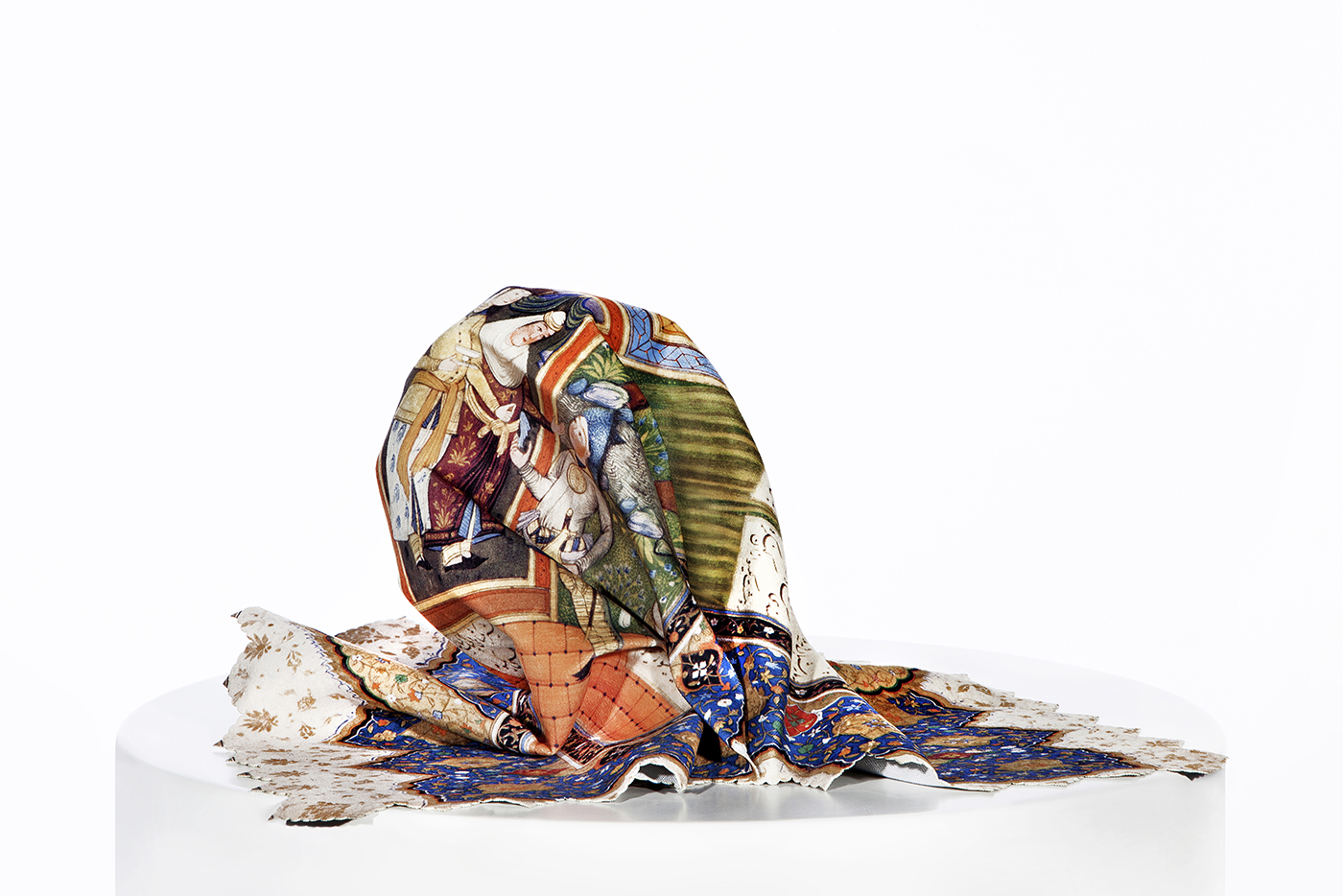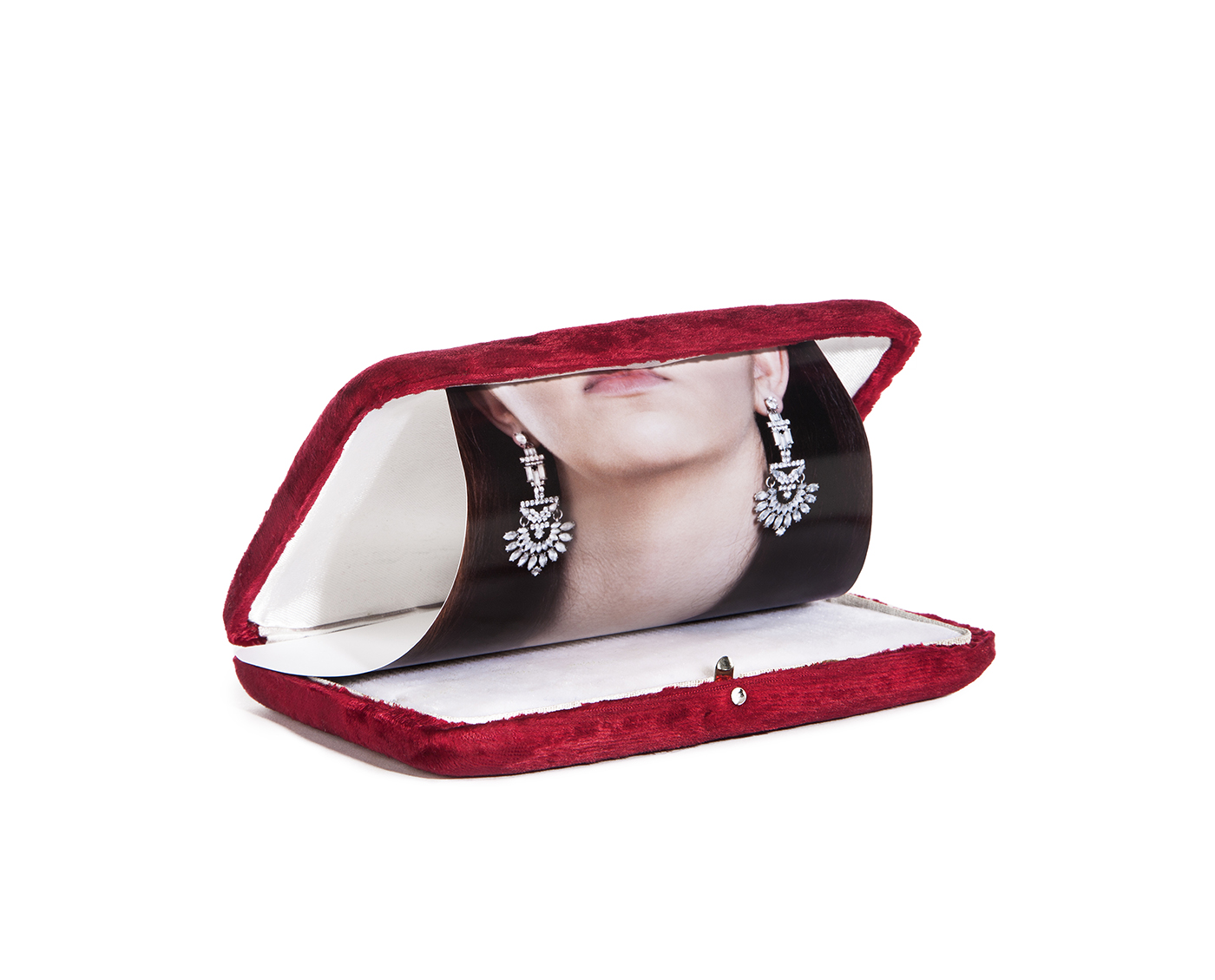






Artist's Statement
Mona Bozorgi
In the current global society, women are too frequently treated like objects at the expense of their well-being and their human rights. As an Iranian woman who has experienced objectification in many ways – by country, society, and religion – a woman’s freedom is my central concern as an artist. My subjugated role in society has influenced me to consider censorship, isolation, and the reductive stereotyping that is the inevitable result of objectification.
Photography– as a medium with the power to both repeat and reject objectification – inherently turns people into objects to be beheld. In Objet Fatale, I combine images of women and objects that morph, becoming hybrid objects for consumption. It shows that women’s social conformism has placed women in closer relationship to commercial objects and the photographic image. Through deliberate, photo-sculptural visual strategies, I reveal the possibility to change (or at least interrogate) the epidemic formula of narrowly objectifying representations of female identity. By investigating the relations between the representation of female body and photography, I attempt to define photography as a multilayered cultural carrier by disrupting the photographic illusion and restoring subject-hood through emphasis on materiality.
Depicted and treated as objects, women develop a false identity (or identities), and a false sense of value that is defined within the context of patriarchal and male desire. These counterfeit values are limiting, turning women into something less human, less complex and more artificial and object-like. This act of objectification reduces individual identity by defining unattainable beauty standards. The idea of perfection as an ultimate value forces women to reject themselves and their identity and to compare themselves against false ideals that are created and promoted through photographic media. Consequently, the photographs that comprise Objet Fatale communicate the idea that the objectificatio n of women occurs across countries, societies and religions, while also highlighting the paradoxical nature of simultaneous value and oppression.


